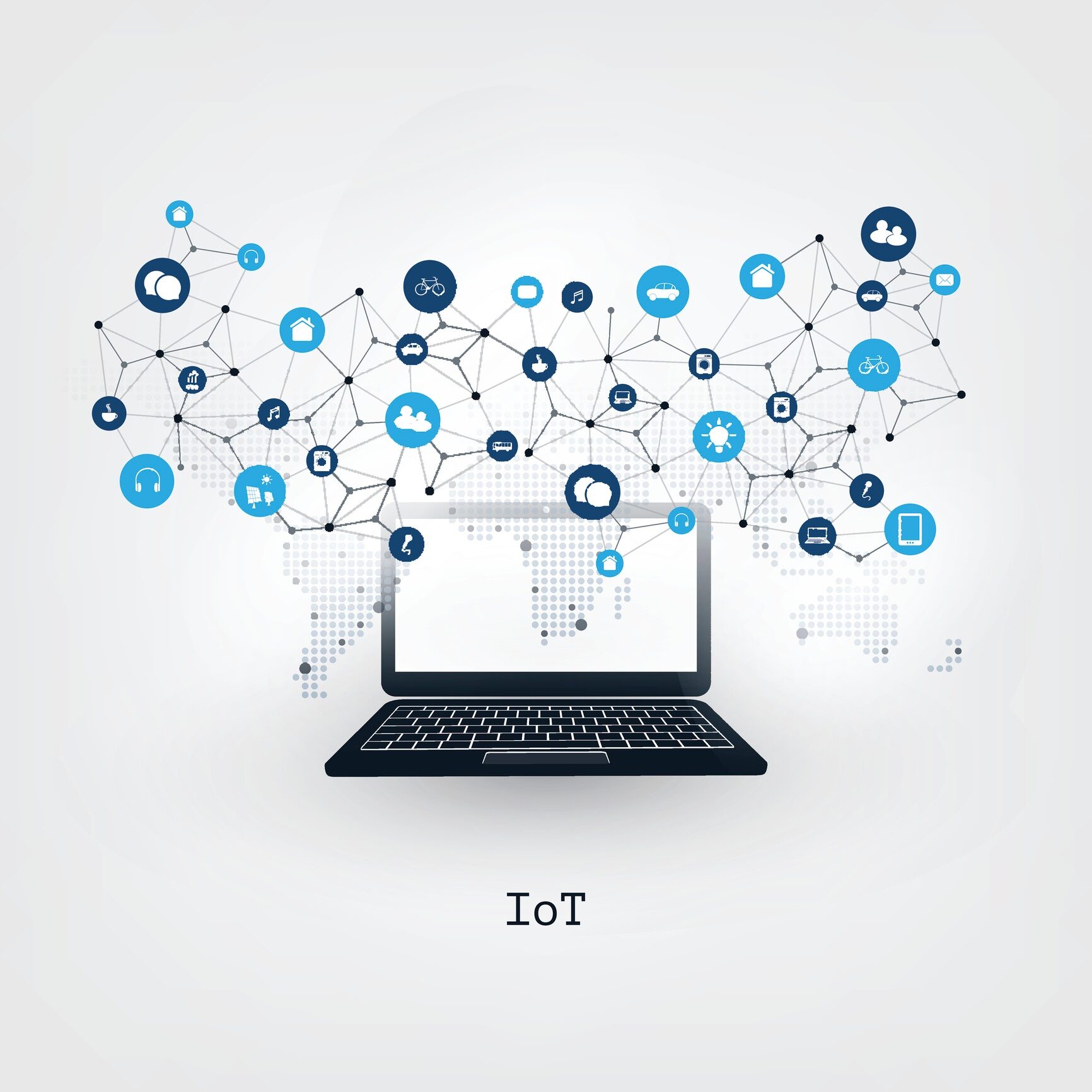In your new report, Predictions of 2018: IoT moves from experimentation to enterprise scale , Forrester Research predicts that the IoT will become the backbone of future customer value, IoT infrastructure will be pushed to the limit and specialized IoT platforms, developers will have a significant impact on platforms and initiatives, and safety will remain a key concern.
All stakeholders, both business and CIO across all vertical markets, are planning and implementing IoT solutions. to bridge the physical and digital worlds of your organizations to create new growth opportunities. The report shares Forrester's predictions for 2018 to help companies address the changing environment of the Internet of Things (IoT) to offer and enable connected business products and processes.
Summary of Forrester predictions for 2018 in IoT
- Companies will intensify their efforts to implement voice-based services for consumers.. The complexity, the breadth and quality of voice-based services for Fortune companies 500 will grow in 2018, and available services are likely to double. The financial services and other sectors that require authentication for more than a simple task will be delayed.
- New European guidelines will give the green light to commercialize IoT data. The 45% of data and analytics decision makers at US companies say they already trade their data, while only the 35% of respondents in France and the 38% in German companies. Recognizing this delay, the European Commission will issue guidelines to encourage the use of advanced technology and awaken the data economy.
- Marketers will begin to realize the opportunities of IoT. The exaggerated and growing adoption of smart agents such as Amazon Alexa or Google Assistant on more and more devices will open the eyes of providers to new ways of interacting with customers. To develop a more intimate and close brand experience with your customers, expand their mobile strategy to include new interfaces with intelligent and conversational chat apps. Despite the increasing sales of smart watches, at the end of 2018, Forrester expects wearable device use to remain a niche.
- Today, IoT-enabled business processes occur primarily in on-premises data centers or in the cloud.. In 2018, We will see significant momentum among companies that implement business processes that require local data analytics near the connected devices that enable these processes.. Edge IoT devices can act locally based on the data they generate, as well as leverage the cloud for security, scalability, setting, implementation and administration.
- Industrial IoT platform developers to get out of the IaaS business. During the last twelve months, leading industrial IoT platforms have worked to make at least some of their industry-specific or IoT capabilities available through hyperscale cloud providers, including AWS, IBM and Microsoft. As these clouds expand their geographic reach, can better comply with strict regulatory environments and strengthen their own IoT capabilities.
- IoT platform offerings will begin to specialize in the design and operation of scenarios.. Product designers transforming IoT into products and experiences need management capabilities, remote product monitoring and management. IoT business operators need software that integrates the diverse set of IoT-enabled business assets into a cohesive business process that enables them to focus on running the business., without having to manually manage the IoT bits. Increasingly, choose IoT platforms designed for their needs.
- Development outside of IoT will drive consolidation of the IoT platform. More companies will drive data processing and analysis “at the border” to reduce data ingestion costs and reduce network latency. It will be increasingly unacceptable for an IoT platform to only have services at the core of the network. The cost of supporting both the edge and the core with consistent scheduling and analytical model will put pressure on all IoT platform providers to lower their ambitions or exit the market in the next few 3 years.
- Developers will seek device integration through IoT platform services at Cloud public. Developer requirements for low adoption costs, rapid implementation for prototyping, global reach, easy integration with registration and participation systems, and minimal maintenance burden will translate into accelerated adoption of IoT platforms by public cloud providers.
- IoT will be at the center of broader and more damaging cyberattacks. Although awareness of IoT security is growing, customer experience, costs and time-to-market requirements continue to take precedence over safety requirements. This makes it difficult to implement strong security controls or, What is worse, leaves specific security functionality out of final production deployments. There will be more IoT-related attacks on both end devices and the cloud backplane, as hackers will try to compromise systems to extract sensitive data.
- Blockchain-based IoT adoption increases as 5%. Blockchain is not ready for large-scale implementations yet, as they require reliability, stability and perfect integration with the existing technological infrastructure. But promising pilot projects are starting to emerge, and the maturation of IoT and blockchain technologies and products will drive blockchain adoption in 2018.
(function(d, s, id) {
var js, fjs = d.getElementsByTagName(s)[0];
if (d.getElementById(id)) return;
js = d.createElement(s); js.id = id;
js.src = “//connect.facebook.net/es_ES/all.js#xfbml=1&status=0”;
fjs.parentNode.insertBefore(js, fjs);
}(document, ‘script’, 'facebook-jssdk'));







